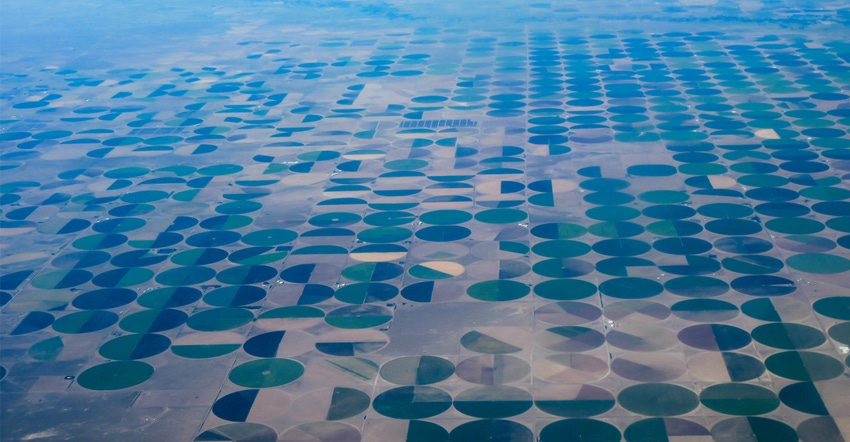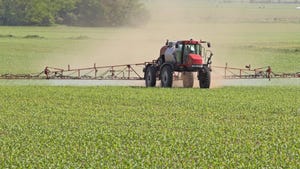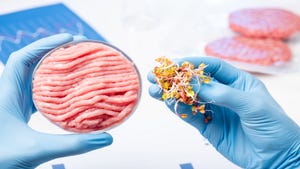February 15, 2019

The Nebraska Water Center, part of the Daugherty Water for Food Global Institute at the University of Nebraska, recently launched the Nebraska Vadose Zone Program.
The program is a one-of-a-kind agrichemical data repository to help manage and improve the state’s groundwater and drinking water quality.
Its centerpiece is an interactive GIS map merging historical and current deep soil core data. This data produces the most comprehensive picture yet of how agrichemicals are moving through the vadose zone — the soil layer between the land surface and groundwater table that acts as a skin of the Earth, regulating groundwater recharge and chemical movement.
In Nebraska, four out of every five residents get their drinking water from groundwater. However, nitrate concentrations in groundwater in some parts of the state are rising, and naturally occurring elements — such as uranium — further complicate groundwater quality.
If these compounds are found in public water systems above regulated limits, utilities must treat the water or find an alternate supply — either of which can be cost-prohibitive for small communities.
Natural Resources District managers, city planners, treatment plant operators, regulators, researchers and others have a stake in monitoring the vadose zone to anticipate whether these substances will reach the groundwater supply and in what quantity, a geochemical process that can take decades.
How it works
"The Nebraska vadose website provides data directly to NRD managers and utilities managers who are determining land use and cropping management policies to reduce nitrate and agrichemical loading to the water table,” said Dan Snow, director of services at Nebraska’s Water Sciences Laboratory. "The improved online availability of deep vadose zone monitoring allows questions to be asked and answered quickly and without sifting through hard-copy reports and archived data."
The city of Hastings is using the program’s information to determine how nitrogen and irrigation water management changes are affecting nitrate stored in the vadose zone near the city’s wells.
According to Hastings Utilities environmental supervisor Marty Stange, the program’s data has helped to identify commercial fertilizer as the primary source of nitrate contamination. This means the city can develop solutions that specifically address the source.
“This allows us to better understand where we need to implement best management practices," Stange said. "The future for us is to look at a contaminant’s rate of travel through that vadose zone and what can we do to control it."
Growing database
Although state and local agencies have long conducted regular groundwater monitoring, they had not attempted coordinating and standardizing statewide data on the vadose zone, which can be hundreds of feet thick.
The vadose zone program provides historical and ongoing agrichemical data to Nebraska’s municipalities and 23 NRDs. As new soil core samples are collected, they are analyzed at Nebraska’s Water Sciences Laboratory or other statewide testing laboratories and then added to the archive to provide easy access to results.
For Stange and others who manage drinking water, this helps communities predict future water quality challenges, so they can proactively manage and ensure its safety.
“Now that we can store data, we can share it with our neighbors,��” Stange said. “This is beneficial not only to us, but for future generations.”
To date, the program has digitized soil cores from multiple projects at depths up to 120 feet and uploaded information from nearly 300 locations to the database and GIS-linked map.
Cores have been collected and processed from almost 100 new locations. Goals for the coming year include completion of two monitoring studies, collection of additional historical data and doubling the number of cores in the database.
The project is supported by grants from the Nebraska Environmental Trust and Department of Environmental Quality. The Lower Platte South, Lower Loup and Central Platte NRDs and cities of Hastings and Waverly are providing data and technical resources. See the database and project information at nebraskavadose.unl.edu.
This report comes from the Nebraska Water Center, which is solely responsible for the information provided and is wholly owned by the source. Informa Business Media and all its subsidiaries are not responsible for any of the content contained in this information asset.
You May Also Like




